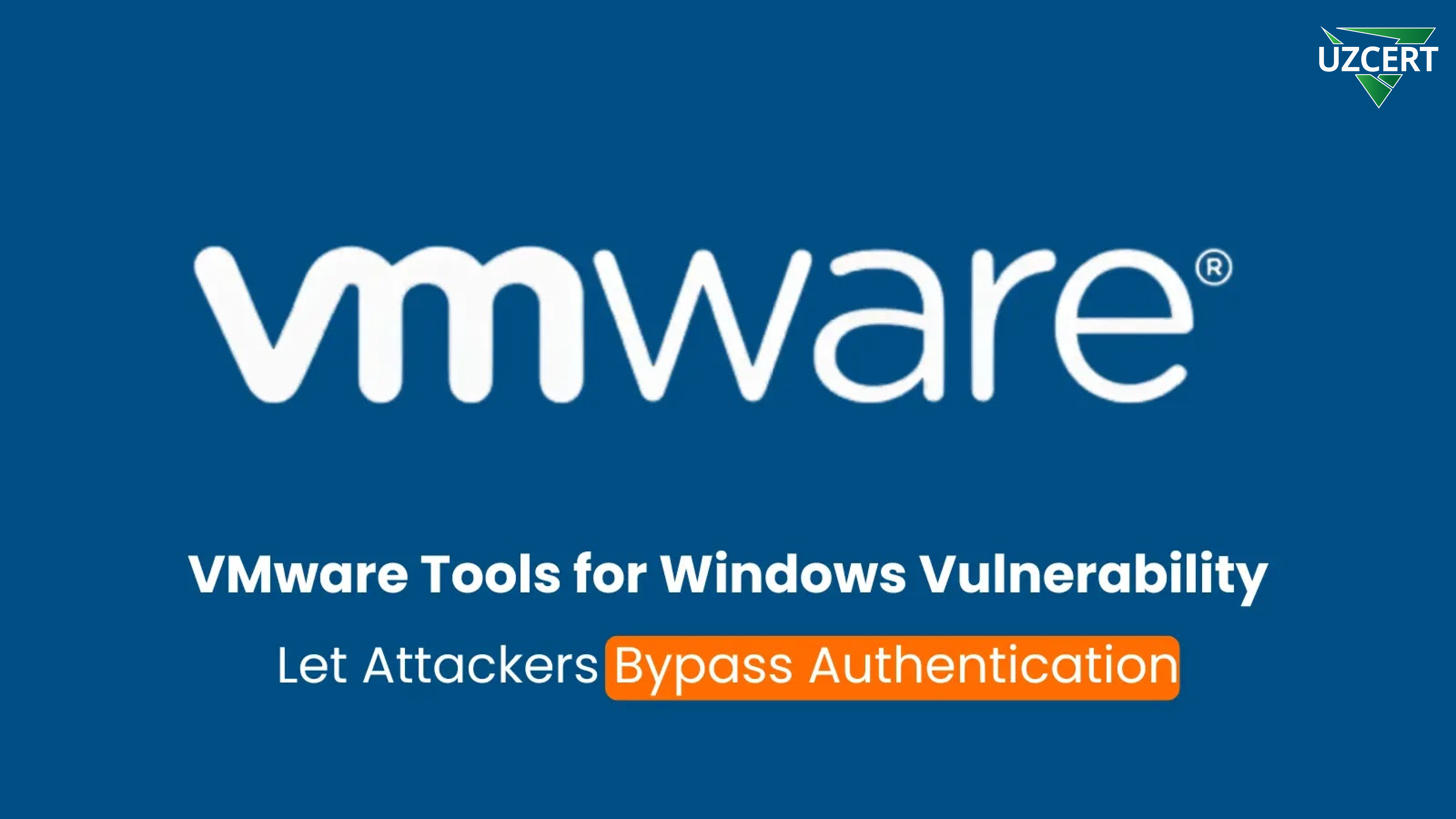
Critical Vulnerability Discovered in VMware Tools for Windows: Attackers Can Bypass Authentication
As virtualization technologies continue to advance, a new security vulnerability—CVE-2025-22230—has been discovered in VMware Tools for Windows. This flaw allows attackers to bypass authentication in a Windows guest virtual machine and gain elevated privileges.
CVE-2025-22230 affects VMware Tools for Windows versions 11.x.x and 12.x.x, making all versions of this software running on Windows systems vulnerable. VMware has classified this vulnerability as “Important” and assigned it a CVSSv3 score of 7.8.
The vulnerability was discovered by Sergey Bliznyuk, a security researcher from Positive Technologies, who reported it to VMware. The company officially disclosed the issue in its VMSA-2025-0005 security advisory and urged users to update to version 12.5.1, where the flaw has been patched.
The vulnerability arises due to improper access control in the VMware Tools for Windows utilities suite. Even if an attacker has standard user privileges, they can exploit this flaw to execute commands with administrator-level access.
Such security issues are particularly dangerous in virtualized environments because:
✅ Guest OS security is compromised – A user with low privileges could take full control of the virtual machine.
✅ System security is weakened – Attackers may gain unauthorized access to files, services, or system settings.
✅ Potential access to internal networks – Once an attacker controls a virtual machine, they can use it as a gateway to infiltrate an organization’s infrastructure.
This vulnerability only affects the Windows version of VMware Tools. The Linux and macOS versions are unaffected and remain secure.
How to Protect Your System?
1️⃣ Update VMware Tools Immediately
VMware has addressed the issue in version 12.5.1. Users are strongly advised to install this update as soon as possible.
🔗 VMware Update Portal: VMware Support Portal
2️⃣ Restrict Administrative Privileges
Organizations should minimize the number of users with administrative access to virtual machines. The fewer privileged accounts there are, the lower the risk of exploitation.
3️⃣ Enable Security Monitoring for Virtual Machines
Using security monitoring tools to detect suspicious activities is crucial. Organizations should pay close attention to unusual authentication attempts and take immediate action if any are detected.
4️⃣ Configure Firewalls and Limit Access to Virtual Machines
If updating immediately is not an option, limiting external access to virtual machines and strengthening firewall rules can reduce the risk of exploitation.
5️⃣ Regularly Back Up Critical Data
Frequent backups of essential data help mitigate damage if attackers manage to compromise a system. In VMware environments, snapshot and backup technologies should be utilized.
CVE-2025-22230 poses a serious security risk for VMware Tools for Windows users. As virtualization becomes a key part of modern IT infrastructures, vulnerabilities like this provide opportunities for cybercriminals to launch attacks.
VMware has not provided any alternative mitigations (workarounds), meaning that installing the update is the only effective way to protect systems.
🔴 Reminder! Organizations using virtualization technologies must update their software immediately, restrict user privileges, and continuously monitor for security threats. Hackers are always on the lookout for vulnerable systems!



